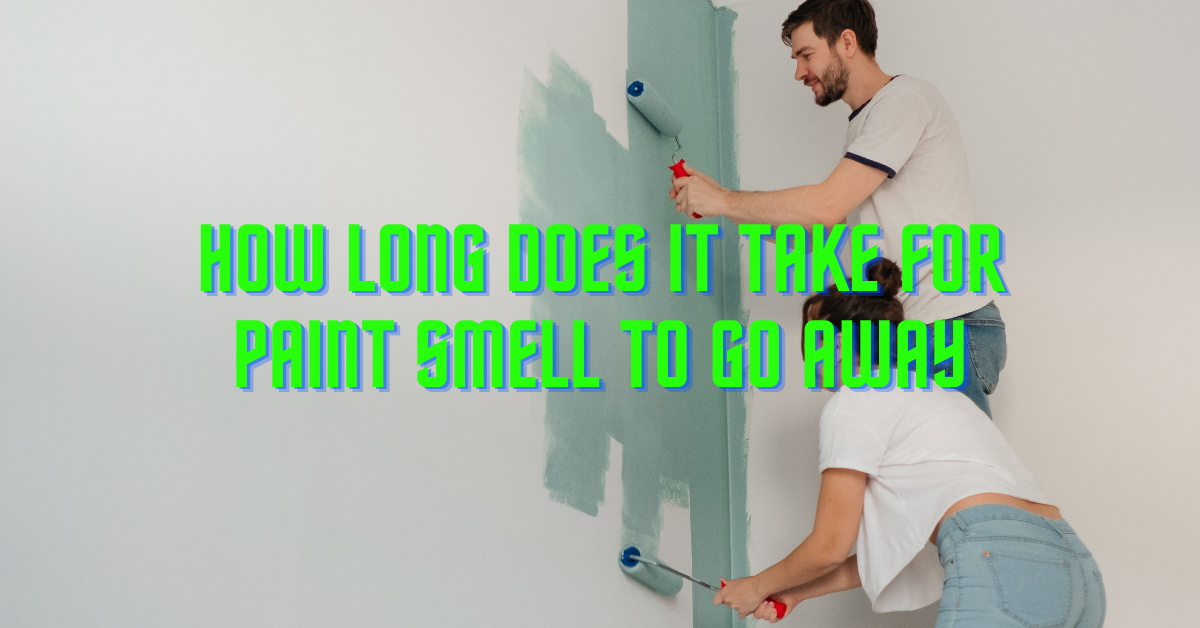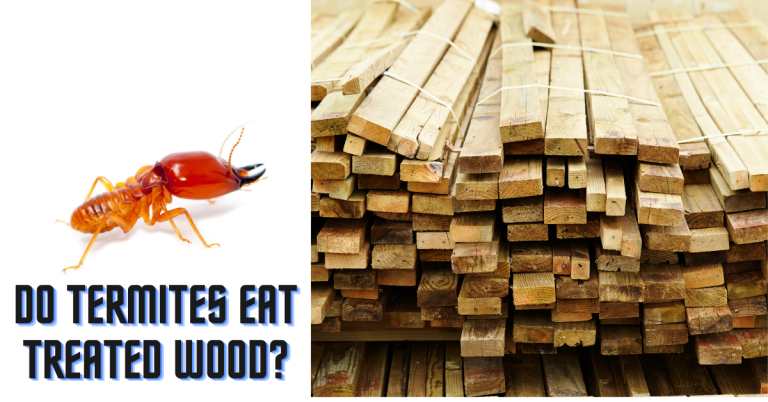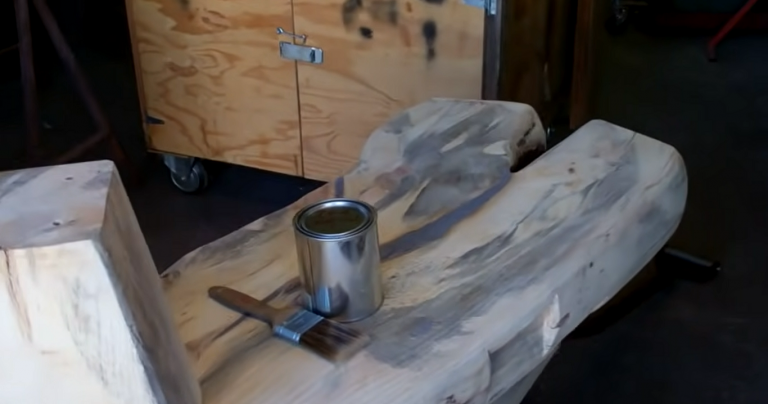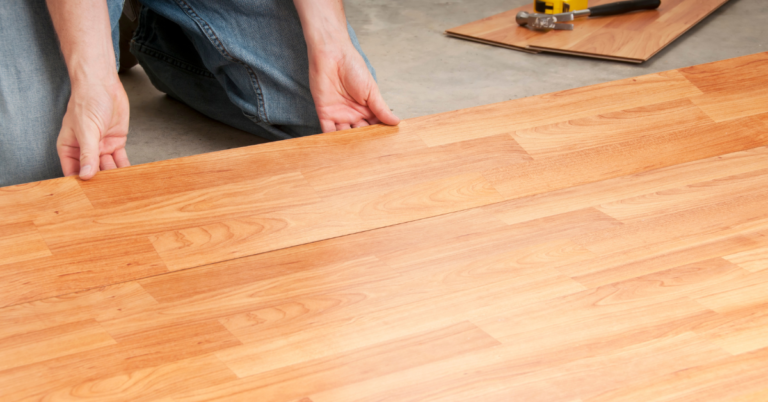How Long Does It Take For Paint Smell To Go Away
Painting to beautify a room or house is one of house important maintenance strategies. However, the smell generated from paint is harmful to people like pregnant women, kids, babies, and adults generally. So, you might be wondering how long does it take for paint smell to go away? The volatile organic compounds (VOCs) ingredients of paint are the reasons behind the fumes produced.
In this article, we will talk about the different types of paint we have, how long it takes for paint smell to go away, safety measures, and some other important points.
All at a Glance
What is Paint Smell?
When paint is applied on surfaces, its components tend to release odor into the air as it dries. The paint smell starts immediately during application and stays for some time. Alternatively, paint smell is also referred to as paint fumes. The smell may be light or strong based on the kind of paint you are using.
How long does it take for paint smell to go away?
It is generally recommended to wait for about 2 to 3 days to allow the paint to dry completely and the smell to disappear. Health wisely, children and elders with respiratory diseases shouldn’t be exposed to interior painting fumes. This means you need to stay away from your freshly painted room for a while before moving back.
When painting is done indoors, the smell is always more compared to when done outdoors. It is said that the indoor concentration of volatile organic compounds is ten times strong than outdoor paintings.
Below are certain points you need to be aware of.
- Type of paint: the type of paint you use for your space determines how toxic the paint fumes will be. How much toxic paint fumes varies among bands. Like most homes, if your home was built with sheetrock, you will be able to use latex-based paint which is less corrosive than oil-based paints.
- Time of painting: When you want to paint, decide on the best time in the year to do that. You want to avoid extremes like winter and summer.
- Place of residence: Before carrying out any painting task, discuss with your landlord first in case you are living in an apartment. This will ensure necessary notice is sent to other residents which is important because the paint smell may be harmful to them.
Paints have different levels of volatile organic compounds to make them different and unique from the rest. They are categorized into three; regular paint, low VOC paint, and zero VOC paint. How long each of these categories of paint smell last is different.
Regular Paint: These paints are the cheapest of the categories but have high levels of VOCs. The composition of these paints has VOCs in high quantity. This is why the smell produced from this type lasts for longer periods to completely emit all the VOCs. This smell can linger for about a month if ventilation is poor. In worst cases, the smell may last for about 14 to 24 weeks for full dissipation. If you don’t have such a long time, allow sufficient ventilation.
Low VOC Paint: These paints are made in such a way that their smell disappears quickly. Typically, a regular paint may have 300gram VOCs per 1ltr paint while low VOC paint may have less than 50gram VOCs per liter. This means the paint smell will only remain for a few days before full dissipation. In case of sufficient ventilation, the smell can completely go away within 4 days. However, low VOC paint may be more costly to purchase compared to regular paint.
Zero VOC Paint: People generally prefer paint with no VOCs or harmful content. Zero VOC paint is the answer to this. Due to modern technology, these kinds of paints have been in existence. They are produced with the mindset of reducing exposure to health risks associated with paint fumes. If you use zero VOC paint for your home, you can move to the house just after it dries. It takes about 2 days to fully dry. However, zero VOC paints are cost-effective but advisable to go for as an option.
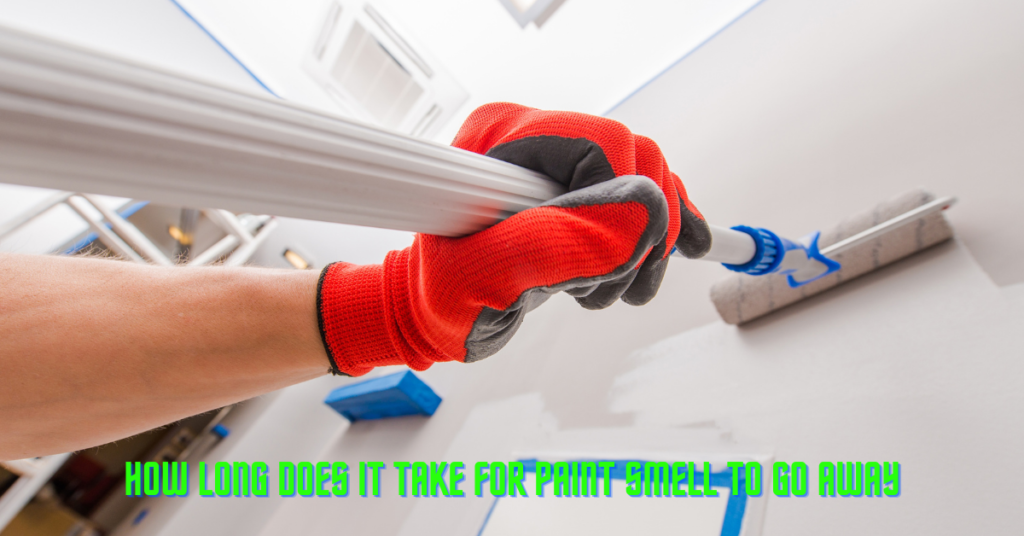
How to get rid of paint smell quickly?
i. Banking soda: Purchase many boxes of baking soda. Unbox them and leave them exposed to air in the room. You can fill them up inside bowls instead and place them in different spots in the room. Baking soda helps to absorb paint fumes. Baking soda is easy to purchase in stores and affordable to purchase. If there are carpets placed on the floor in the room, sprinkle a small quantity of the baking soda and let it remain there for a few hours before vacuuming.
ii. Vinegar: Vinegar is composed of acetic acid and very effective natural odor neutralizer. Transfer some amount of white vinegar into different bowls and place them along the room. You may decide to go for apple cider vinegar as well.
iii. Charcoal: Charcoal is a very good natural odor neutralizer. Get enough crushed charcoal and place some quantity in different bowls. Place in different spots in the room especially areas close to where the painting was done. You will observe a significant decrease in the paint smell in about 1 to2 hour.
iv. Water and lemon: Get several buckets filled with water and put some slices of lemon in each. The water will absorb some of the solvents in the air, and the lemons will release a fresh scent into the air. Leave these buckets overnight to get the best results. You may choose to add some salt to the water to increase its ability to absorb odor.
v. Coffee grounds: Coffee grounds release an aromatic coffee scent when exposed to space. Therefore, they are also used to absorb paint fumes in the room. Dispose of them when you are done.
vi. Candle: Light a candle and place it in the center of the room for a few hours. The solvents released into the air by the paint fumes will be captured by the burning candle. It will also prevent fire hazards.
Also Read: Best paint sprayer for oil-based paint
Are Paint fumes toxic?
This is a common question among homeowners especially when it’s time to paint. Its toxicity varies based on its VOCs content which we are still going to address in this article. When paint fumes are released into the air it goes inside the lung and may lead to several health issues. The following symptoms are prevalent after inhaling a sufficient amount of paint fumes;
- Headache and dizziness
- Loss of coordination
- Nausea
- Eye problems like soreness and irritations
- Dry throat
- Breathing complexity
Paint fumes pose different health risks including;
- Adults are the persons with the strongest immune system but they are also the set of people that carelessly handle chemical-based products. Adults with respiratory issues, easily get lung problems when exposed to VOCs. Some adults may also end up with kidney and liver problems.
- Pregnant women are vulnerable to chemical product exposure. It is not advisable for expectant mothers to expose themselves to chemicals, especially during their first trimester. The paint fumes inhaled may affect the unborn baby’s proper physical growth which could lead to congenital effects. Long time exposure to the fumes may cause miscarriage.
- Babies have tiny lungs and so have little chance to protect themselves when exposed to paint fumes. Exposure of babies to paint fumes may increase the risk of leukemia and respiratory issues.
- Paint fumes exposure is a threat to little children. They may develop allergic reactions like eczema, rhinitis, or asthma. It is recommended to keep paint out of their reach.
- Indoor pets exposed to paint fumes may face the risk of lung inflammation or pneumonia.

Safety tips against paint fumes
1. Allow appropriate ventilation
Before painting a room, open the door and windows. You may also use ventilators to push the paint fumes out faster.
2. Be selective with indoor paintings
For indoor paintings, go for paints that contain less VOC content because they are less harmful. These kinds of paints are generally used for residential painting. They dry faster and the fumes get eradicated faster.
3. Carefully read the product label
Pay rat attention to the warnings and instructions written on the product label. You will mostly find useful protective tips. Ensure to read them before use.
4. Wear a mask during the operation
The mask will protect you from inhaling paint fumes. Take frequent breaks to inhale fresh air during operation as well.
5. Cover-up leftover paints
To avoid releasing more paint fumes into the air, ensure to cover the container after use. Keep out of the reach of children.
Conclusion: How Long Does It Take For Paint Smell To Go Away
In this article, you have learned that paint fumes can last for about 14 to 24 weeks and that VOCs are behind the fumes production. Also, exposure to paint fumes can cause several health issues. You can go for zero VOC paint if you want to prevent the risk of these conditions.

